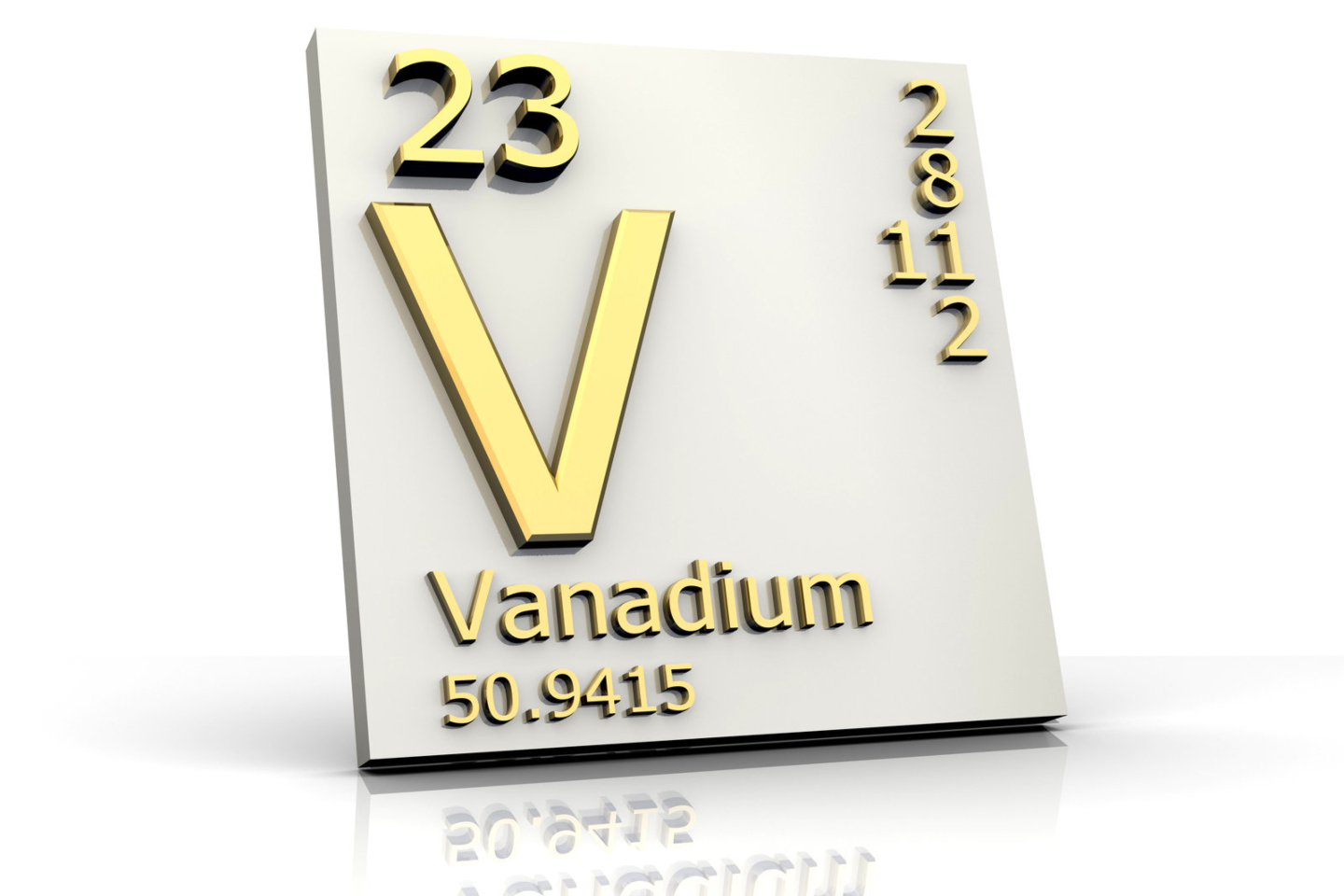On the back of a strong scoping study last year, Perth-based company Toro Energy has commissioned a pilot processing plant design and added vanadium to its Wiluna uranium project in Western Australia’s Goldfields region. The study into a standalone operation at its Lake Maitland deposit holds a pre-tax net present value of $610 million and a total capital cost of $270 million.

On the back of a strong scoping study last year, Perth-based company Toro Energy has commissioned a pilot processing plant design and added vanadium to its Wiluna uranium project in Western Australia’s Goldfields region.
The study into a standalone uranium-vanadium mining and processing operation at its Lake Maitland deposit, about 105km south-east of Wiluna and within the company’s broader Wiluna project, holds a pre-tax net present value of $610 million at an eight per cent discount rate and a total capital cost of $270 million.
Toro has engaged with long-standing business partner Strategic Metallurgy for the pilot plant design, which will use an operational scale flowsheet that now includes beneficiation, filtration and ion exchange to produce both uranium and vanadium products.
The company’s proposed operation would process about 1.94 million tonnes of ore per annum over a mine life of 17.5 years and produce 22.8 million pounds of uranium oxide and 11.9 million pounds of vanadium pentoxide as what it says would be a “valuable by-product”. The assessed operation boasts an impressive internal rate of return of 41 per cent, with a payback period of two and a half years.
Management says its project has a low all-in-sustaining-cost (AISC) of $31.44 per pound of uranium oxide in years one to seven, when high-grade uranium resource is being processed, and a life-of-mine AISC of $43.37 per pound.
The project boasts total earnings before interest, taxes, depreciation and amortisation (EBITDA) of $1.7 billion, with an average of $98 million per annum and a total undiscounted cash flow of $1.4 billion pre-tax.
The company says its pilot plant will likely be constructed in Perth, about 730km to the south-west of the resources, and its design will include the preparation of process design criteria. It will result in a detailed mechanical equipment list and a series of process and instrumentation diagrams, in addition to the plant layout and detailed construction drawings.
Toro Energy executive chairman Richard Homsany said: “The Board is pleased to commission the pilot plant design following on from the outstanding Scoping Study results for the Lake Maitland uranium deposit, which illustrate the quality and global significance of Toro’s uranium assets. The modest capital and operating costs result from many years of extensive research and development by Toro to optimise the processing flowsheet. Against a backdrop of a strengthening global uranium market, Toro is pleased to continue to advance Lake Maitland which is on track to be very competitive globally.”
The Lake Maitland resources are estimated at 26.4 million pounds of uranium oxide at a 200 parts per million cut-off and 14 million pounds of vanadium pentoxide. The deposit is classified as a shallow groundwater carbonate-related uranium deposit and is one of many deposits of its type in WA’s north-east Yilgarn region, where the principal ore mineral is carnotite – a yellow-coloured clay-rich rock precipitated within shallow groundwater systems.
Management says metallurgy has been able to take advantage of the dominance of clay within its Lake Maitland deposit. It says a simple cyclone-based de-slime, following a coarse screen, has been shown to significantly beneficiate the potential ore and result in downstream benefits to the hydrometallurgy.
Toro believes there is significant scope to further optimise its scoping study outcomes given Lake Maitland’s proximity to its other deposits within the project. It says it could increase production at Lake Maitland, in addition to extending the window of processing of its high-grade uranium resource well beyond seven years.
The company’s land package near Wiluna boasts a total resource of 79 million tonnes at 482ppm, giving 84 million pounds of uranium oxide (200ppm cut-off) for its six deposits – Centipede, Millipede, Lake Maitland, Lake Way, Dawson Hinkler and Nowthanna.
The ore bodies are shallow and the company says its planned open-pit mine, to a depth of about 10m, will benefit from a low strip ratio of about 1.17.
Interestingly, the Global X Uranium ETF (exchange traded funds) rose 1.8 per cent overnight to a two-month high. Spot prices advanced for a fourth straight week to US$56.8 (AU$87.8) per pound, close to a 14-month high amid growing supply risks from Russia (because of sanctions) and Niger (with political turmoil predicted to disrupt imports to key consumer, France).
Uranium has a decent track record of fading its rallies, but this time around the gains seem to be sticking.
Is your ASX-listed company doing something interesting? Contact: matt.birney@businessnews.com.au
















